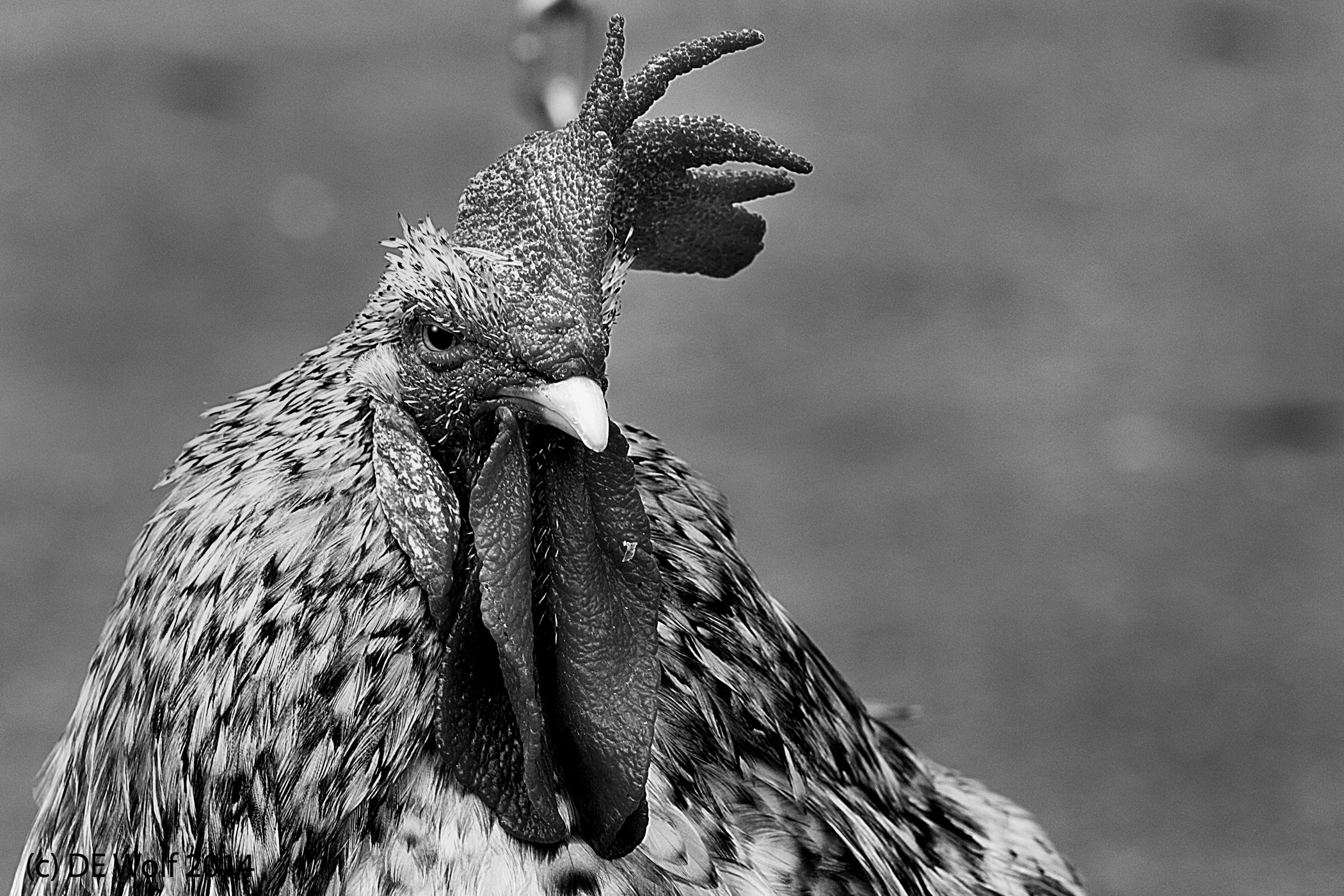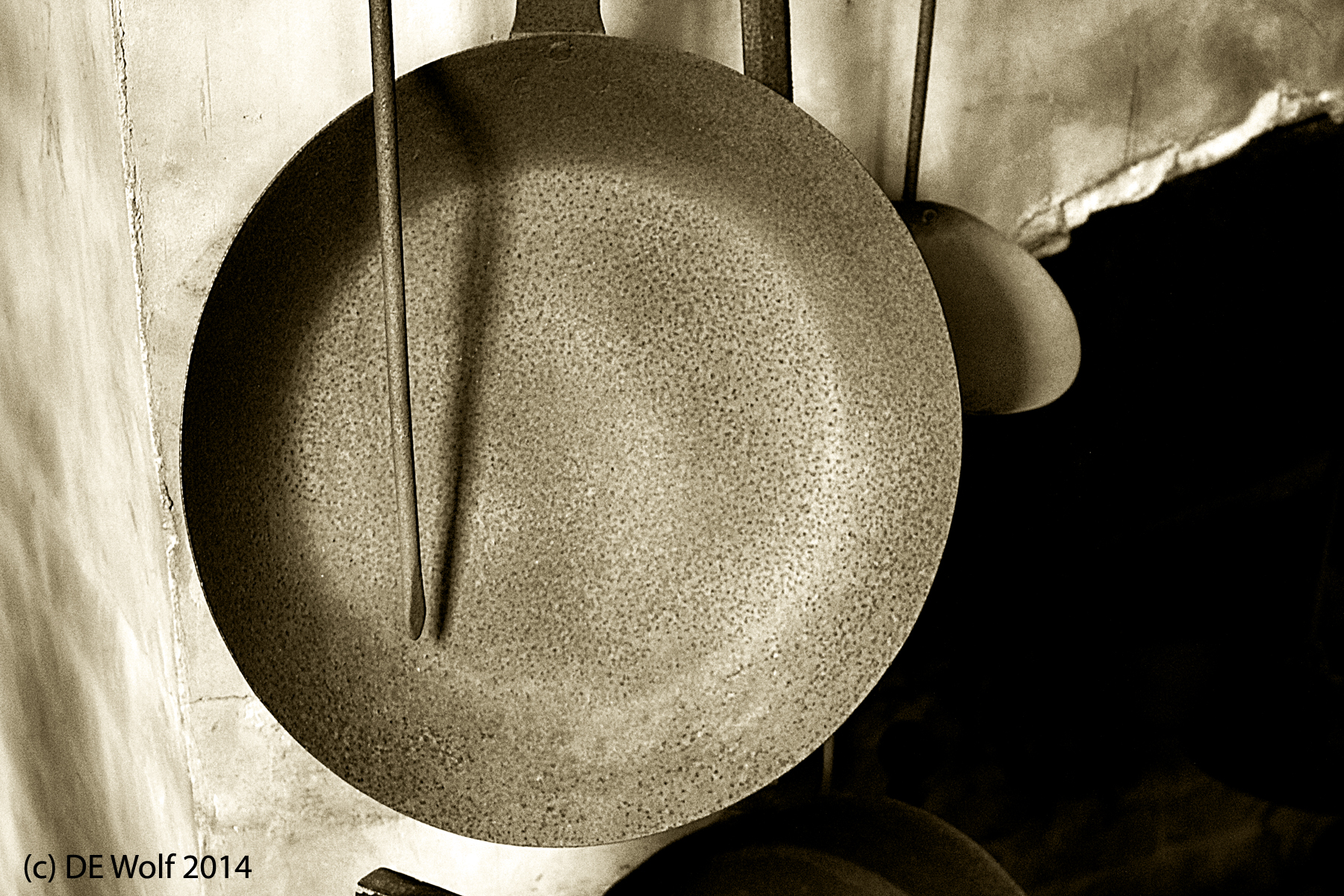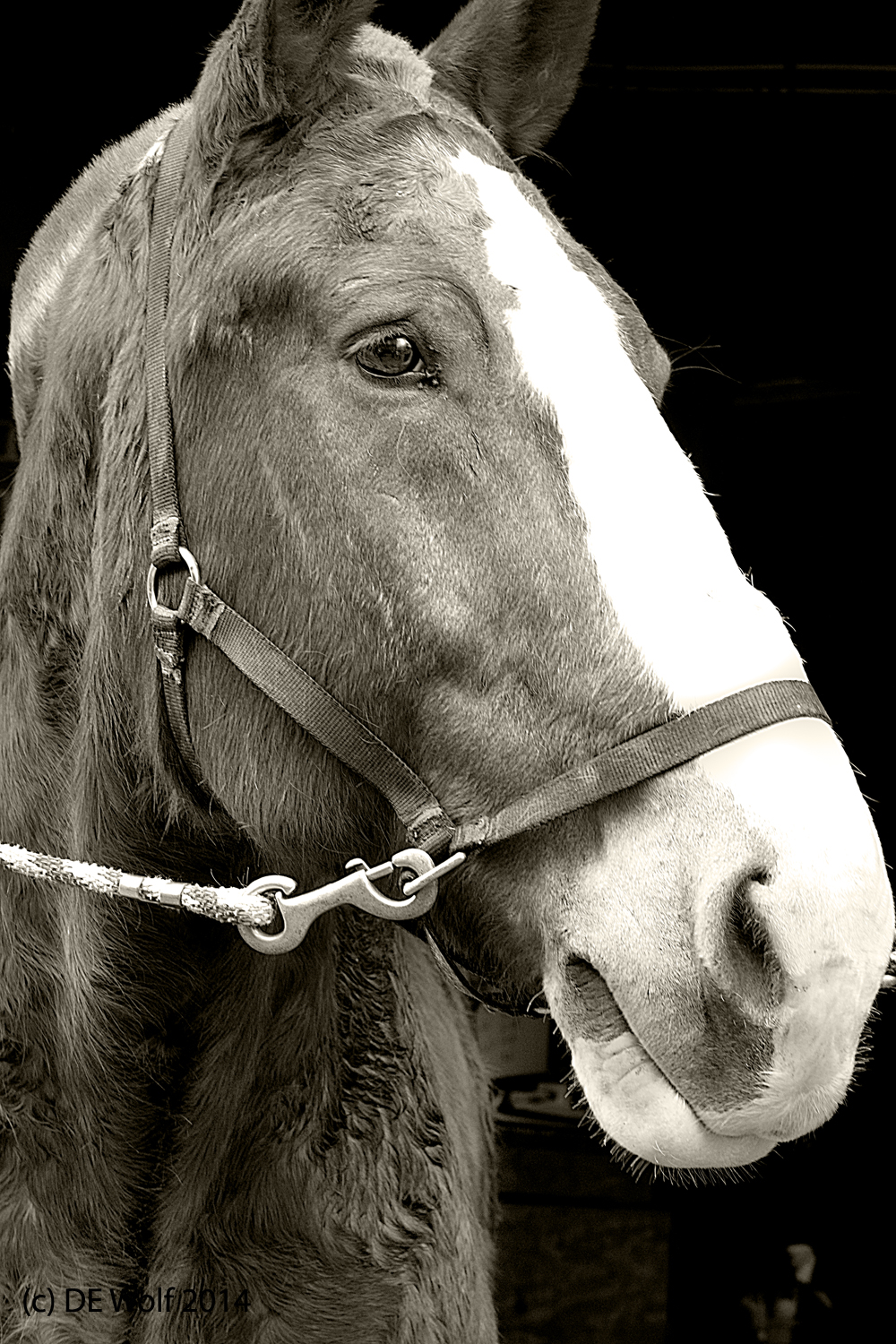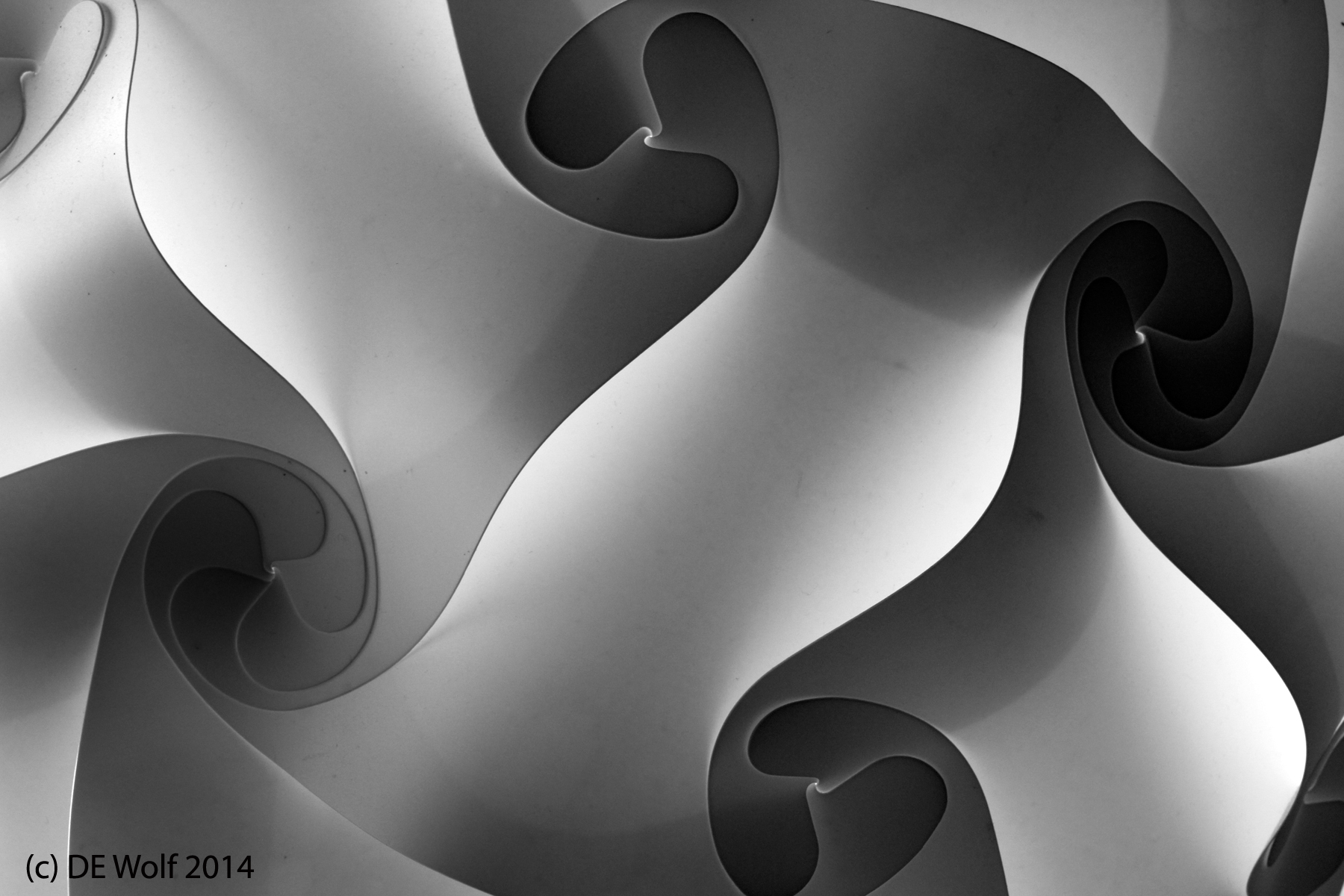
Figure 1 – Charleston Cock, Charleston, SC, (c) DE Wolf 2014.
I was delighted to learn today that the expression, “it don’t make no never mind to me,” is South Carolinian in origin. That makes it a perfect complement to the cock of Figure1. In encountered this fellow and an avian friend by Charleston Old Market, where the horse-drawn carriages depart. I am not sure why he was there, although I suspect that it had something to do with what the horses leave behind. And I hasten to add that the City of Charleston has these sanitary trucks that follow the horse paths, clean up, and disinfect. Perhaps the chickens are municipal employees.
So now the litany. This picture was taken with my Canon T2i camera using EF70-200mm f/4L USM, exposure compensation +1, at a focal length of 131 mm, 1/100th of a second at F/9.0. WHO CARES! And frankly your f-numbers don’t make no never mind to me either, or perhaps neither. 8<)
It’s kind of like a scientific notebook. Scientists are religious about taking notes, recording all the facts and details, and usually it turns out in retrospect that they wish that they had recorded some salient point. Still too much is too much! When I was a postdoctoral fellow in Michael Edidin’s laboratory at the Johns Hopkins University, several of the graduate students would spend hours producing multicolored, neatly written, masterpiece, notes. They would then proudly sit down with Michael and become infuriated, when Michael would scribble all over their notebooks with his fountain pen. (Allow me to assist those of you who are strictly of a digital age. A fountain pen is a writing implement that leaves little annoying pools of ink on paper, fingertips, and shirt pockets). Michael was teaching an important lessen, that the purpose of a scientific notebook was to be a free flowing, on the spot record of an experiment, and not an impediment to getting work done. Indeed, I have learned over the years that in science the amount of good work accomplished is inversely proportional to the beauty of a lab notebook!
Returning to exposure details, the point is that rarely is all of this information of any value to anyone but you. Ansel Adam has it right, when his picture taking began with absolute and relative measurement of the light and its dynamic range. The important point is that he was developing a critical system of photography, “the zone system.” It was a system that starting with the key element “light measurement” and systematically provided a modus operandi for producing “the best” print using the exquisitely annoying nonlinear media of film and photographic paper. . Note that “best image” is in quotes because that too had to be defined within the zone system. It was brilliantly designed to overcome uncontrollable variables, like how exhausted your developer was, and produce the same high quality print again and again from a given negative.
And arguable you could develop such a system for your digital images. But the starting point would need to be a measurement of the intensity and dynamic range of the light and a scrupulously consistent workflow with standardized (your own) curves or look-up tables. That being the digital equivalent of film type. Without that it all starts to unravel and become pretty meaningless.
I do not argue that in surveying your own work that the exposure data is useless. It teaches you how your camera and lenses perform under certain circumstances, albeit qualitative circumstances. Is a given lens sharp enough at a given f-number and focal length? How does lens type affect depth of field? How far with your camera can you push the ISO?
What about other people’s exposure data. While I would never say that it is useless, I do have to say that without a lot more information it’s of little value. There are just too many unknowns to make meaningful assessments. So I have to return to the statement that “your f-numbers make no never mind to me.”
You have to love the expression. It is a quadruple negative, easily driven driven to quintupleness with the addition of the word neither at the end- “your f-numbers don’t make no never mind to me neither.” And can even be made a sextuple negative in the subjunctive- “your f-numbers wouldn’t make no never mind to me neither.” It all flies in the face of those bratty English teachers, who insisted that it was improper to use a double negative (despite the fact that most other romance languages do), to blatantly split an infinitive. The concept of ending a sentence with a preposition I shall not bring up.






